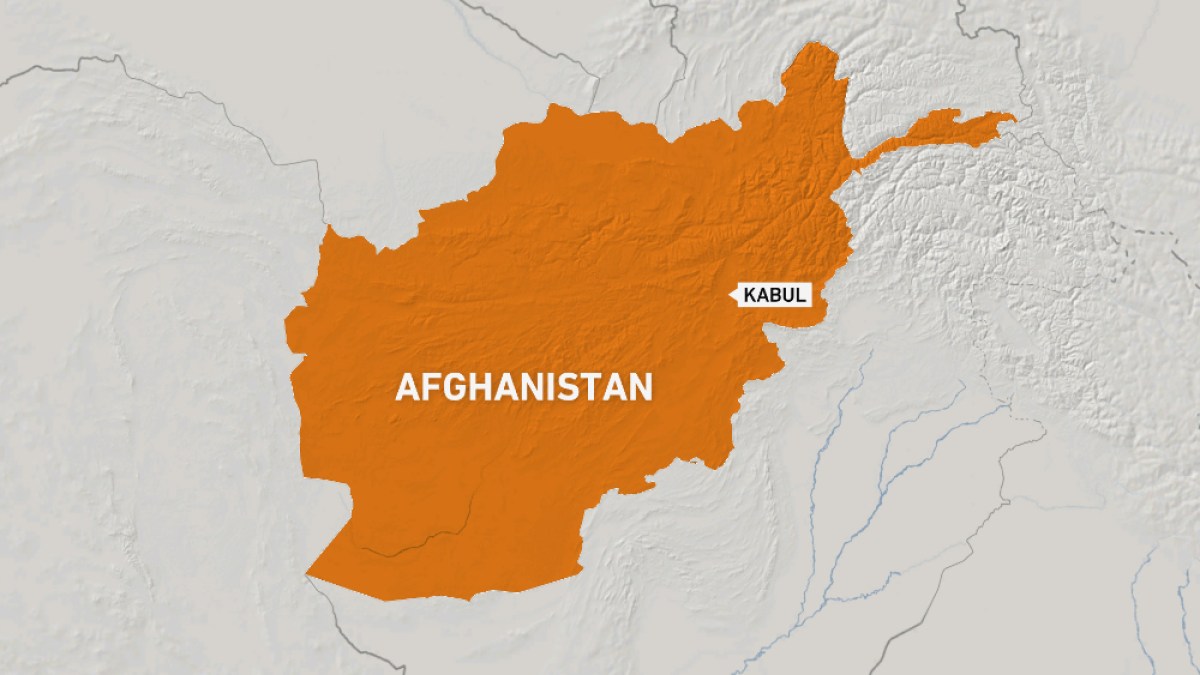A magnitude 6.0 earthquake struck eastern Afghanistan on September 1, 2025, leading to significant devastation across the Kunar and Nangahar provinces. Preliminary reports from local sources indicate that at least 10 individuals have lost their lives, with an additional 20 injured. As rescue operations unfold, these initial figures are expected to escalate, reflecting the widespread damage caused by the natural disaster.
The tremor originated at a depth of just 8 kilometers (5 miles) and hit approximately 27 kilometers (17 miles) east of Jalalabad, as confirmed by the United States Geological Survey. Shortly after the major quake, a secondary tremor measured at 4.5 magnitude occurred near Basawul in Nangahar, further complicating the situation in already affected areas.
Reports highlight that entire villages in Kunar have faced catastrophic destruction, with many residents trapped under the rubble of their homes. The region, characterized by its mountainous terrain and impoverished infrastructure, is particularly vulnerable to seismic activities. Structures in these areas are often built from mud and rocks, making them ill-equipped to withstand such powerful quakes. Given that the earthquake struck late at night when many were indoors, the potential for casualties increased significantly.
Accessing the stricken areas poses challenges for rescue teams, with reports indicating difficulties in communications amidst the disaster. The region’s isolation complicates immediate recovery efforts, as responders attempt to reach those in dire need.
Experts have long recognized the tectonic volatility of this region, which lies at the intersection of the Indian and Eurasian tectonic plates. The ongoing shift of the Indian Plate northward contributes to the geological activity, making this region prone to earthquakes and subsequent landslides. Areas of high population density, combined with challenging topography, heighten the impact of such natural disasters, as landslides can follow seismic events due to destabilized hillsides.
In light of a similarly tragic incident in October 2023, when an earthquake in Afghanistan’s western Herat province resulted in substantial casualties, including over 2,400 fatalities, the urgency for effective disaster response and infrastructure resilience in the region has never been more pressing.
Ongoing assessments and humanitarian efforts will aim to support affected communities in their time of need, highlighting the resilience of the Afghan people even in the face of such intense adversity.
#WorldNews #MiddleEastNews

